
The premium price of Tupperware has some people obsessively chasing down the containers they loaned to friends and family after sending them home with leftovers.
Some people even purchase less expensive containers to loan to other people for that very reason.
But, why is Tupperware so expensive?
We look at the top 10 reasons here.
Top 10 Reasons Why Tupperware is So Expensive
1. Higher Quality

While some companies will lower prices when they struggle to make sales, others know the secret: if you want consumers to buy your goods, they need to think they’re getting a premium product.
A higher price does just this, especially if the customer is unsure about the value of an item or category.
After all, companies wouldn’t price items so high if they weren’t worth it, would they?
However, savvy consumers know that this is exactly what happens.
Those product markups mean big profits for companies and, often, individuals.
Of course, this isn’t specific to Tupperware, but the company continues to price its products higher than the competition, which makes it seem premium.
This leads us to our next point.
2. Branding

“Tupperware” is one of those brand names that has become synonymous with the general product category.
People rarely say “plastic storage container” when they can just use the brand name that everyone applies to any similar object.
You probably do it, too, even if you’ve never owned Tupperware!
The company’s higher prices suggest to the consumer that its products really are different, even if people regularly use the company name as a shortcut.
There’s “Tupperware,” and there’s the real thing!
For those people who care about brand names, nothing less will do.
3. Not Available Anywhere

For years, Tupperware was only available through the company’s representatives or dealers.
This suggestion of exclusivity only makes shoppers want the products more, whether those products are worth it or not.
Those who wanted to buy Tupperware for the first time would need to find a neighborhood “Tupperware lady.”
Loyal fans would eagerly await their invites to Tupperware parties where they could eat, drink, and socialize while perusing the latest catalogs.
Because of the company’s marketing method—home parties led by women recruited to host and sell—representatives and parties were rarely in short supply.
However, you needed to know where to find them if you didn’t have an existing connection or if your representative became unavailable.
4. Multi-Level Marketing

Although you can now purchase Tupperware directly from the site and in some Target stores without needing to create a lasting friendship with your Tupperware representative, many women still sell Tupperware to friends, family, and even strangers at craft fairs and markets.
That’s because the company uses a multilevel marketing approach.
Representatives are recruited by those people who already sell for Tupperware.
Existing reps earn a commission on the people they recruit, including sales and any recruits below them.
This method results in many lower-level representatives, especially as markets become saturated with Tupperware dealers.
As you increase in rank, the tiers become much smaller.
More profitable sellers may stop hosting parties altogether when they can sustain themselves based on their recruits alone.
The promise of a lucrative career selling Tupperware and the rewards for making it to the top lure in women every day.
However, few people manage to make it beyond the first rung of the ladder.
Still, the company’s pyramid marketing methods and commission system mean there’s a lot of overhead.
Someone has to pay those commissions and buy rewards that might be as extravagant as a brand-new car or tropical vacation!
Company leaders still expect a large annual salary as well.
Much of this is reflected in Tupperware’s prices.
5. Seasonal Items

While you might see the same products lining the shelves in the home goods section of your local big-box store, the same can’t be said for Tupperware.
The company does offer its most popular items at all times, but Tupperware prints catalogs (another cost that contributes to Tupperware’s high price) that feature seasonal items and regular items in new colors.
Not only does this mean that your Tupperware can stand out from Linda’s next door (so you never have to worry about someone walking off with your expensive container), but you can buy Tupperware in your favorite color or match your kitchen theme.
Some shoppers eagerly await the newest collection as if they were anticipating the latest fashion.
The downside to this cosmetic convenience is that some products are made in smaller batches, but manufacturing in bulk allows companies to save money, so if Tupperware spends more to create seasonal products or colors, the company has to offset the cost somehow. It’s the customer who pays the price.
6. Innovation

Stacking bowls, lunch containers with included cutlery, containers that keep vegetables fresh long past your crisper drawer, half-gallon pitchers, and single-serve salad spinners are all examples of innovative products offered by Tupperware.
The company has always been ahead of its time in many ways.
While other brands have taken note, they’re still playing catch up because they spend so much time offering basic products rather than trying to anticipate consumer need.
Tupperware currently holds more than “8,500 functional design and utility patents” for its various products, including its airtight seal.
Even when innovative alternatives are available—and perhaps at more affordable prices than Tupperware—consumers become loyal fans when they remember when a product or service solved a specific and frustrating problem.
Plus, those people who think of Tupperware as groundbreaking are more likely to head to the company before the competition because they count on Tupperware to offer unique products.
Tupperware’s reputation has been so well established that it doesn’t matter if every product is innovative or if the company has shifted its focus to basics over cutting-edge products that solve niche problems.
7. Airtight Seal

While Tupperware might be more expensive, some people still swear by the ability of the company’s products to preserve food, and that’s all thanks to the company’s patented airtight seal.
In fact, this feature has been highlighted in Tupperware commercials and home parties because it produces an audible “burp” that indicates the seal has been achieved.
While other products leave users wondering, Tupperware offers assurance.
There’s no way you can do it wrong.
You won’t open your Tupperware container to find the unwelcome surprise that your leftovers are dried up or stale.
In fact, America’s Test Kitchen found that Tupperware products retained their seal after 50 cycles in the dishwasher!
8. Easy to Use

The airtight seal isn’t the only thing that makes Tupperware products user-friendly.
Measuring spoons and cups stack for easy storage, lids click into the bottom of containers, and many utensils can hang to dry or be stored.
Tupperware has virtually eliminated user error—and frustration.
The company extends the thoughtfulness of its designs to assist owners with disabilities.
For example, some Tupperware products have information printed in Braille on the bottom.
9. Some Products Are Made in the USA

Whether your concern is patriotic or humanitarian, you might prefer that the products you purchase are manufactured in the United States.
Although Tupperware has facilities around the world, much of the products distributed to American consumers are made in North Carolina.
Of course, you may realize that domestic goods often cost more to make because companies can pay overseas workers less and avoid certain operating fees.
However, there are many shoppers who will gladly pay a little more for American-made goods.
10. Limited Lifetime Guarantee For It’s Products

Finally, while some plastic storage containers may cost less than Tupperware, not every company offers a lifetime warranty like Tupperware.
Technically, it’s a Limited Lifetime Warranty “against chipping, cracking, breaking or peeling under normal non-commercial use for the lifetime of the product.”
Tupperware will replace with the same product, or a similar option if it’s no longer available.
Buyers can give the company a call if they experience issues with their Tupperware.
Some people have even had hand-me-down successfully replaced after contacting the company about its warranty policy!
Is Tupperware Worth It?

The answer to that depends.
If you’re a loyal fan, want to support your Tupperware representative, or prefer the assurance of the limited lifetime warranty, then you may be able to justify the higher price of Tupperware.
Some people just can’t resist that patented “burp.”
The warranty is especially compelling because you could ultimately wind up paying more for more “affordable” storage containers if they are defective or wear out, and you need to replace them without a warranty from the company.
How Can I Save Money on Tupperware?

Although it might seem counterintuitive, you may be able to save money on Tupperware products by ordering solely through a sales representative rather than the website or purchasing in the store.
Because the reps want your repeat business, they may offer discounts and can clue you in on sales or other perks to keep you coming back.
Keep an eye out for free product deals or discounts for buying in bulk.
If you agree to host a Tupperware party, you are usually eligible for further discounts and gifts, as well.
Consider only purchasing unique products from Tupperware.
It might seem over the top to have two sets of containers, but it can help you save money.
If Tupperware makes an innovative product that has no competition, feel free to buy it.
The same goes for those products that are indeed higher quality than those offered by the competition or products you’ll only use personally.
However, if there are alternatives, you might loan the container to a friend (forget about it), or you just need basic storage solutions, consider lower-priced products from other brands.
One of the best ways to score Tupperware while staying within your budget might be to avoid new products and instead buy secondhand.
Because vintage Tupperware, especially the original WonderBowl and complete sets, are in high demand, they’re still quite expensive.
However, if you browse eBay, Goodwill online, local thrift stores, and even estate sales, you can score incredible deals on pre-owned and sometimes brand-new Tupperware products!
Be prepared to dedicate some time to your quest and get acquainted with the alert and search features of your favorite auction site.
It’s also worth scouring the cabinets of close friends and family who may have Tupperware that they no longer use.
If your family member isn’t ready to part with their Tupperware, let them know you’d be interested in taking the items off their hands in the future.
Many times, people downsize when they retire or move into communal facilities in old age.
However, you should be ready to put up a fight for cherished Tupperware items belonging to the older generation unless you have it in writing that they should be bequeathed to you!
NEXT: Why Is Chipotle So Expensive? (Top 10 Reasons)

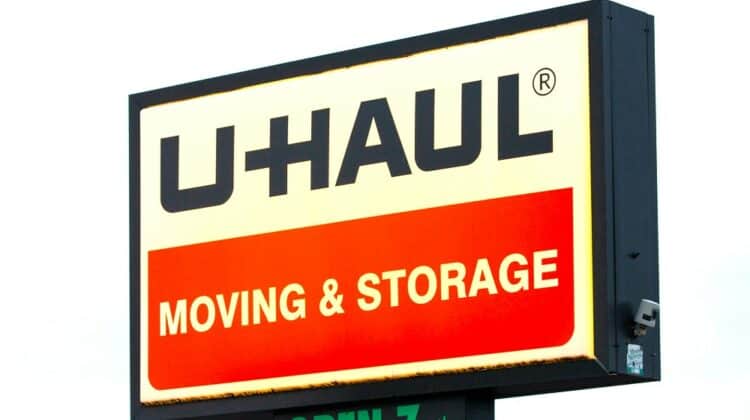
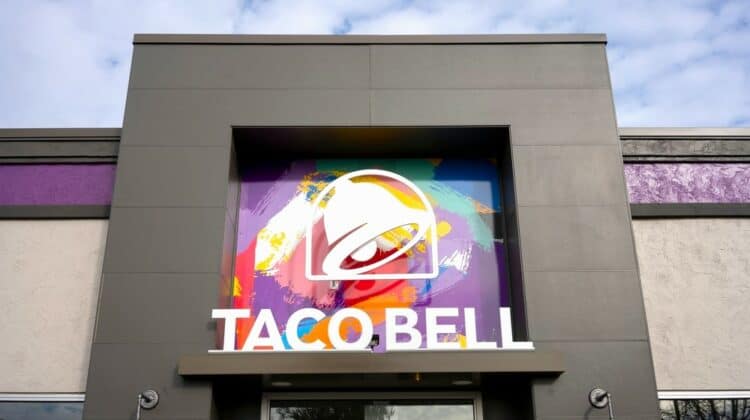




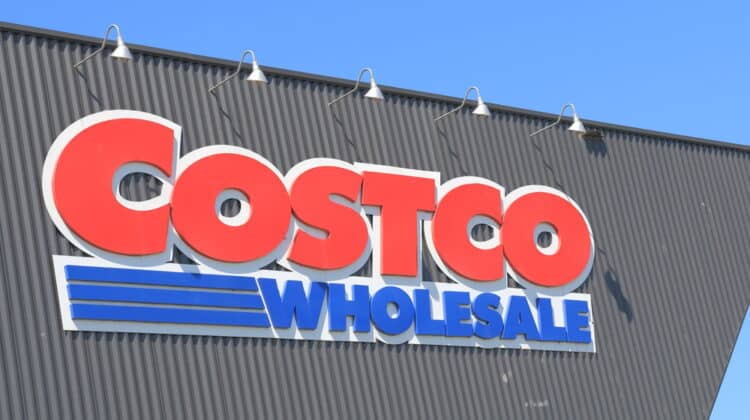


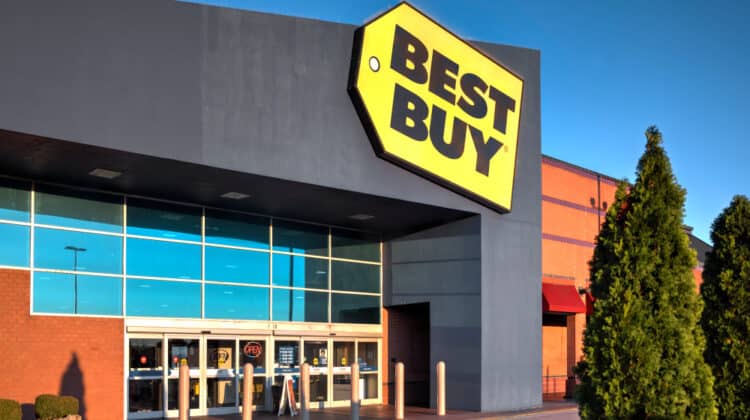



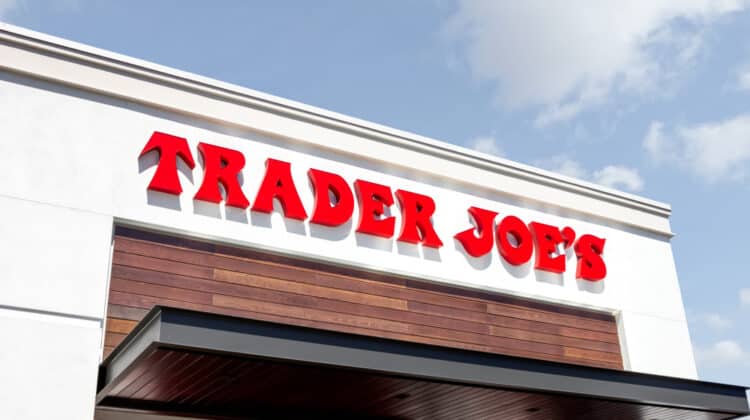





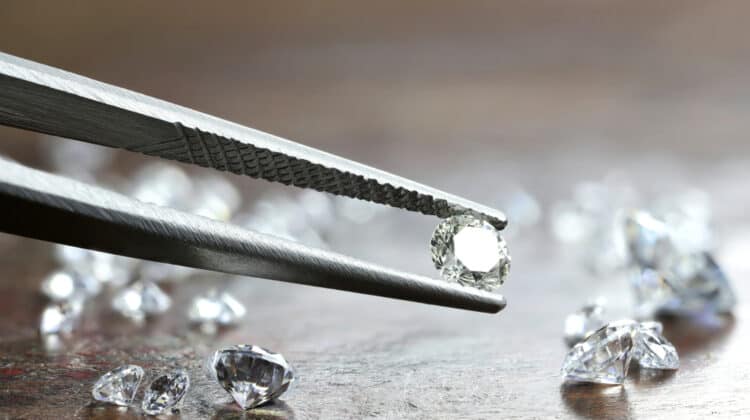
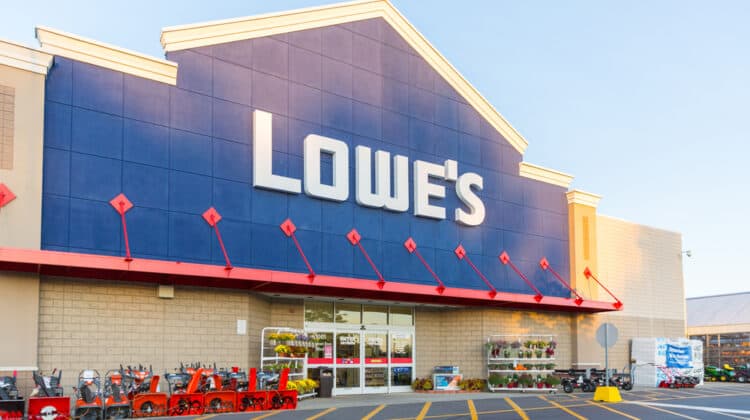


My grandmother but Tupperware when it first came out. I was just a little kid.. I still have her original Tupperware and I am 76 years old. The sheer canisters were the best. I have three of those extra large containers that hold 10 pounds of flour and even more pounds in sugar. I still have all the smaller canisters and I wouldn’t part with them for the world. The reason my grandmother got them was to keep weevils out and that’s the same reason I use them. I used to have big problems with weevils in my grains until I started using Tupperware.
My grandmother bought Tupperware when it first came out. I was just a little kid.. I still have her original Tupperware and I am 76 years old. The sheer canisters were the best. I have three of those extra large containers that hold 10 pounds of flour and even more pounds in sugar. I still have all the smaller canisters and I wouldn’t part with them for the world. The reason my grandmother got them was to keep weevils out and that’s the same reason I use them. I used to have big problems with weevils in my grains until I started using Tupperware.